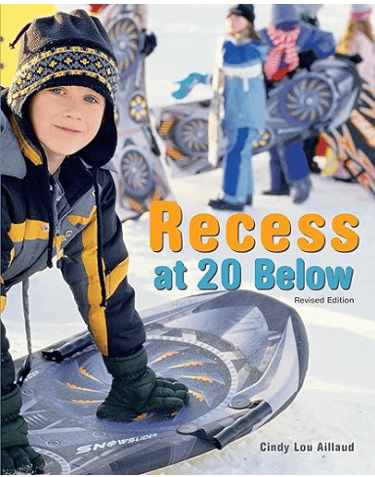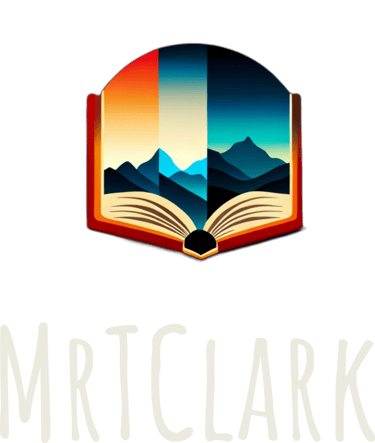Scientific Literacy: Recess at 20 Below
Recess at 20 Below was written by Cindy Lou Aillaud. The version I purchased is the revised edition and was released in 2019. This book is ideal for the third-grade classroom. It provides students with a realistic and tangible glimpse into the unique and extreme climate of Alaska. The book includes photographs of actual children preparing for their day during the frigid winter months of Alaska and proved to be accessible and engaging for students in my classroom. This made it a great companion book for discussing climate and geographical diversity in a classroom setting.
As children move through third grade, they develop the ability to think more logically and can handle more complex concepts than in previous years. Recess at 20 Below presents the subject of extreme weather and Alaska’s climate in a straightforward manner and is supported by images that help students learn abstract concepts like climate and weather patterns more concretely. The text and visual aids are balanced in a way that allows third graders to understand and analyze the information effectively. This makes it a practical tool for introducing or further exploring climate. Its integration proved to be easy for my classroom; I have multiple students who have been to Alaska. Furthermore, I was preparing to do my actual 5E lesson plan on climate, with which it fits right in. I used it twice in my classroom. Once during the read-aloud, which served to introduce climate and generate curiosity with students, then a second time as a tool for students to research as they did their climate study. It proved to excel at both. As an introduction, it linked concepts they can understand, like recess and playing outside, to climate patterns different from our own. Naturally, this piqued students’ curiosity and generated discussion on different climate regions and how drastically life can differ in each one. When I attempted the 5E lesson plan with my students, I placed it in the polar region so students could access it as they researched different climates. The book goes into a grade-appropriate level of detail about the polar climate, highlighting average temperatures, precipitation, and the types of wildlife native to the region and its climate. Additionally, the book fits well within the overall third-grade curriculum, which begins to engage students in informational text and the sciences and social studies. In addition to the region’s climate, it allows for the exploration of weather and geographical differences and offers students opportunities to build inferential comprehension.
My classroom is not too diverse with regard to ELLs, students with academic needs, and GATE students, however differentiation can be implemented relatively easily. ELLs can have key vocabulary from the text frontloaded before reading. Additionally, word banks relevant to climate discussion and the book can be generated and handed out, allowing these students to engage with the text, discussion, and any climate activities. The book contains many images, which would also help ELLs access and engage with the text. Furthermore, a buddy system can be used if the classroom has access to another student fluent in English and the ELLs primary language. Students with academic needs can engage in more targeted readings that adapt the text with simplified language or emphasize key points, making the content more accessible. A small group setting would allow these students to engage with the content at a slower pace, with more direct support. The book is short enough to offer recordings or text-to-speech readings, allowing them to access the content through listening, for those who struggle to read or need repeated readings. Some students with academic needs benefit from a more tactile experience. With these students, we can arrange for them to feel actual snow, allowing them to use temperature to make the abstract concepts more concrete. GATE students can be given the opportunity to dive deeper into the content. I do not have GATE students in my classroom, but I do have students who are very high achievers and probably should be. With these students, I challenged them to go deeper into their region’s ecosystem and hypothesize how the climate impacts the ecosystem. I also presented them with historical climate data and more recent climate data and challenged them to explore the effect of climate change (at a grade-appropriate level) and look for patterns, then hypothesize future changes and their effects. Furthermore, these students can be challenged to consider how climate can lead to lifestyle or cultural differences. Finally, these students can be challenged to compare Alaska’s extreme environment to another extreme environment, such as one that is extremely hot or one that receives extreme amounts of precipitation, and how the climate alters life or biodiversity in each one.


